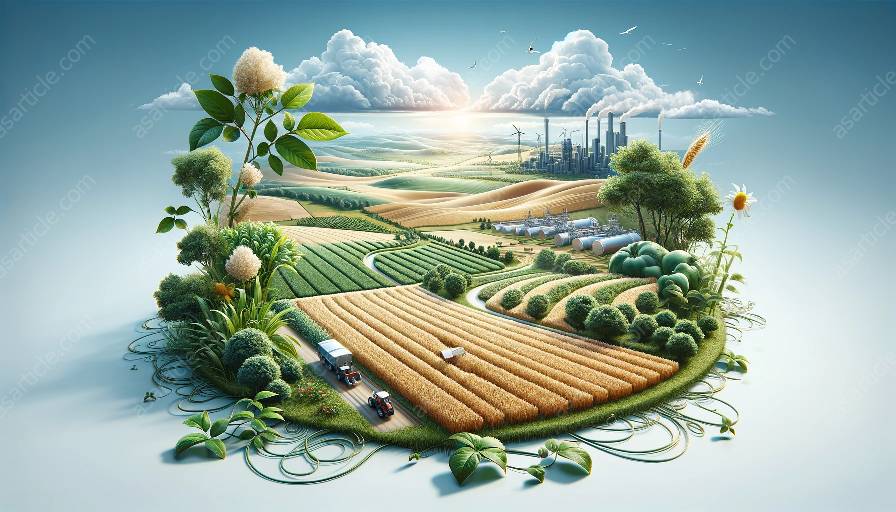Silk, a luxurious and versatile natural fiber, has been valued for centuries for its beauty, strength, and lustrous shine. The global silk market plays a significant role in the economy, sericulture (silk production), and agricultural sciences, impacting international trade, commerce, and sustainable agricultural practices.
The Global Silk Market
The global silk market encompasses the production, trade, and consumption of silk and silk-related products across the world. China, India, and various European countries are major players in this market, contributing to both the supply and demand of silk.
Economic Impact
The silk industry has a substantial economic impact, supporting livelihoods, creating employment opportunities, and driving economic growth in silk-producing regions. Silk production and trade contribute to the GDP of many countries and stimulate foreign exchange earnings through international trade.
Sericulture – Silk Production
Sericulture, also known as silk farming, involves the cultivation of silkworms, the harvesting of their cocoons, and the production of raw silk. It is an integral part of the global silk market and plays a vital role in sustaining the supply of silk for various industries, including textiles, fashion, and beauty.
Technology and Innovation in Sericulture
Advancements in agricultural sciences have revolutionized sericulture, leading to improved silk production techniques, sustainable farming practices, and the development of high-yielding silkworm varieties. This integration of agricultural sciences with sericulture has enhanced the efficiency and quality of silk production, contributing to the global silk market's expansion.
Agricultural Sciences and Silk
Agricultural sciences encompass various disciplines such as agronomy, entomology, and biotechnology, all of which intersect with sericulture to enhance the productivity and sustainability of silk cultivation. Research and innovation in agricultural sciences have facilitated the development of disease-resistant silkworm breeds, eco-friendly silk production methods, and the utilization of by-products for agricultural purposes.
Sustainability and Environmental Impact
Integrating sustainable agricultural practices with sericulture is essential for mitigating the environmental impact of silk production. The use of organic farming methods, eco-friendly mulberry cultivation, and waste management strategies align agricultural sciences with the goals of sustainability and environmental stewardship in the global silk market.
Conclusion
The global silk market's dynamic interplay with the economy, sericulture, and agricultural sciences underscores the multi-dimensional significance of silk as a valuable commodity. As the demand for sustainable and ethically sourced products continues to rise, the integration of agricultural sciences with sericulture is poised to shape the future of the global silk market, driving innovation, economic development, and environmental stewardship.

